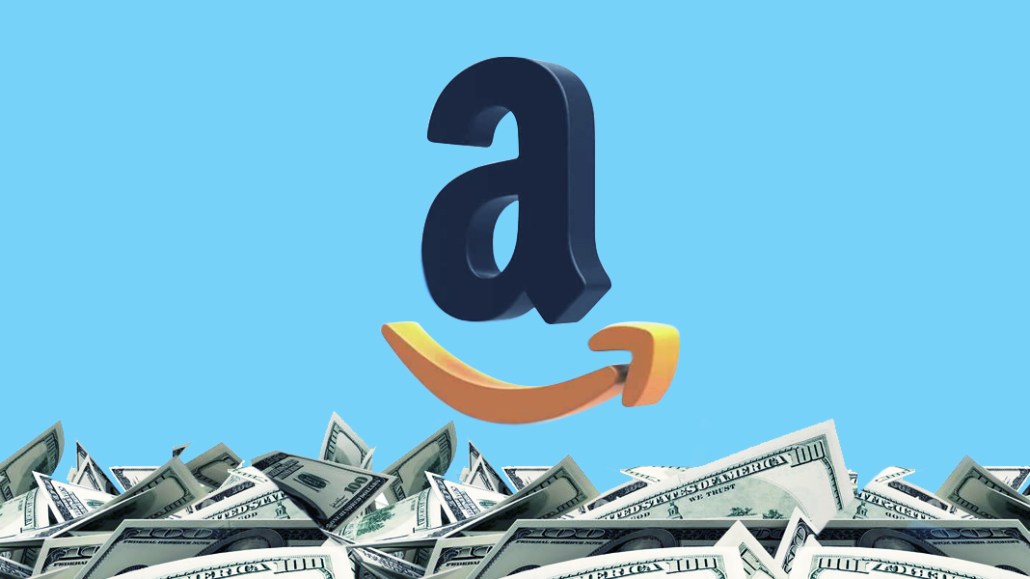Save 50% on a 3-month Digiday+ membership. Ends Dec 5.

Amazon is quietly streamlining its ad business so that advertisers will be able to buy campaigns from the same place, whether they sell their products directly to the site or directly to its shoppers as third-party sellers.
The retailer has tried to remove the differences between how first- and third-party sellers manage campaigns for some time, but it’s now going a step further. Four media executives said Amazon is working on a consolidated platform that will fold all campaign reporting and advertising products from the Amazon Media Group, Amazon Marketing Services and Amazon Advertising Platform divisions into one place.
Amazon’s ad business is hard for newcomers to navigate with different divisions for businesses that sell to Amazon and for those that sell their own products on the site.
“Reps from Amazon have told me a consolidated version of its ad platform is on the way,” said one of the executives, on condition of anonymity. “Amazon’s business is manageable once you know how the platform works, but there are more brands who sit on both sides now, which makes having such a disparate offering harder for them to manage.”
During the company’s earnings last month, Amazon CFO Brian Olsavsky referred to barriers to growing media spending when he hinted at changes to make the ad buying process more “usable” and “automated.” Advertising helped deliver Amazon’s second consecutive high-profit quarter in the first quarter after years of unprofitable or low-profit quarters — despite many big brands still having reservations about how much of its inventory they should buy. We’ve asked Amazon for comment; we’ll update this article if they respond.
Those hybrid sellers could feel the biggest impact from the change. They often run paid search programs on both sides of Amazon’s marketplaces but have to be careful because the two platforms can compete to artificially increase bids, according to media buyers. A unified data set will help those brands avoid this issue.
Long term, Amazon centralizing its branding, content, product creation, merchandising and advertising should make it easier for brands to see the total traffic to their products and where it’s coming from, said Tod Harrick, vp of products at Marketplace Ignition.
Ad position: web_incontent_pos1
“We believe Amazon’s primary goal is really to unify two different software tools that were built separately to create efficiencies,” Harrick said. “This happens at Amazon all the time. Amazon experiments so much that sometimes it ends up with multiple solutions for the same need and eventually will try to resolve those duplications.”
Having a central marketplace for advertisers would be the culmination of Amazon’s efforts to give first- and third-party sellers access to the same features. The most recent example is currently being tested. Those that sell products to Amazon are testing detailed data-based reporting, including a customizable graph to track trends across campaigns and metrics such as order counts. The test started days before Prime Day, according to a dashboard seen by Digiday.
“Ultimately, an advertiser wants a complete and consistent view of how campaigns drive new business, and a consolidated platform helps deliver that,” said Kevin Packler, director of Amazon Services at advertising agency Tombras. “As Amazon’s ad business grows, I expect we’ll see more options come online as the platform evolves and expanding in a consistent way will only enhance Amazon’s value proposition.”
The hope is that more advertisers buy more ads from one place. Amazon generated $2.2 billion in its latest quarter, while Google and Facebook posted $28 billion and $13.3 billion respectively. For all the hype around Amazon’s ad business, it is still in the “awkward toddler stage” compared to its more mature rivals Google and Facebook, said Gareth Owen, managing director at digital agency Roast.
Get more from Digiday around the modernization of retail and e-commerce by subscribing to our weekly retail briefing email.
More in Marketing

Ulta, Best Buy and Adidas dominate AI holiday shopping mentions
The brands that are seeing the biggest boost from this shift in consumer behavior are some of the biggest retailers.

U.K. retailer Boots leads brand efforts to invest in ad creative’s data layer
For media dollars to make an impact, brands need ad creative that actually hits. More CMOs are investing in pre- and post-flight measurement.

‘AI is permeating everything we do’: How Guitar Center developed 2 AI tools this year
This summer, the company launched a chatbot called Rig Advisor to help customers find the right instruments and products.
Ad position: web_bfu
